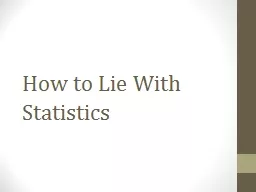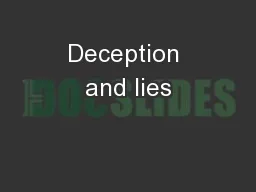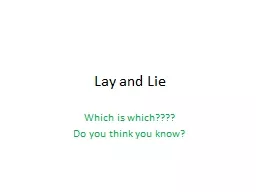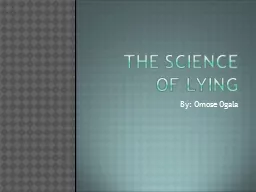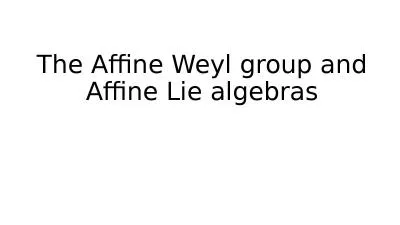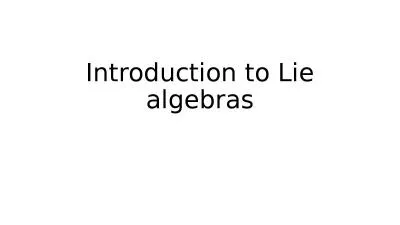PPT-How to Lie With Statistics
Author : natalia-silvester | Published Date : 2018-09-26
Im so confident The universe is not one of clockwork Everything we measure has uncertainty How can we confidently draw conclusions and make decisions without sacrificing
Presentation Embed Code
Download Presentation
Download Presentation The PPT/PDF document "How to Lie With Statistics" is the property of its rightful owner. Permission is granted to download and print the materials on this website for personal, non-commercial use only, and to display it on your personal computer provided you do not modify the materials and that you retain all copyright notices contained in the materials. By downloading content from our website, you accept the terms of this agreement.
How to Lie With Statistics: Transcript
Download Rules Of Document
"How to Lie With Statistics"The content belongs to its owner. You may download and print it for personal use, without modification, and keep all copyright notices. By downloading, you agree to these terms.
Related Documents

